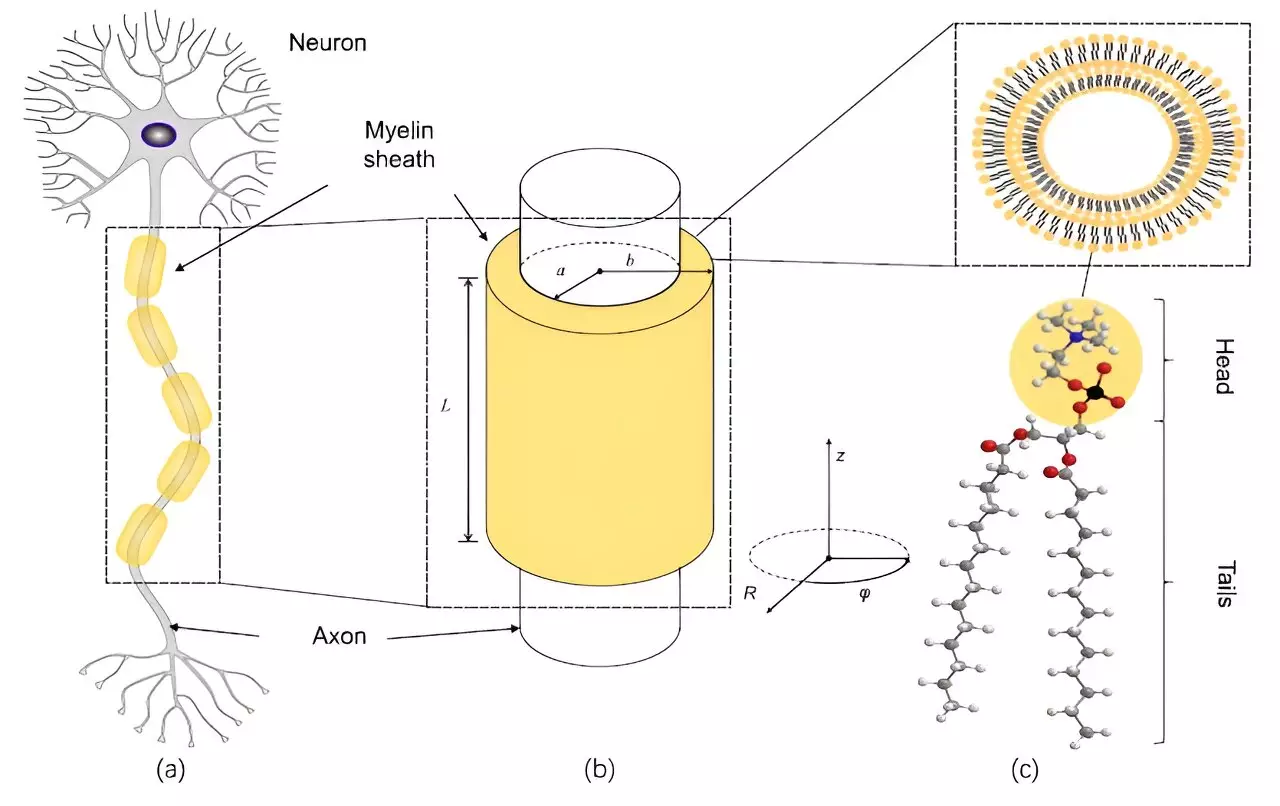At the crossroads of neuroscience and quantum physics lies one of the most perplexing challenges facing modern science: the nature of consciousness. Despite extensive advancements in our understanding of the human brain, the fundamental mechanics of consciousness—its origins, mechanisms, and implications—remain elusive. Recently, an intriguing hypothesis emerged, suggesting that quantum mechanics, particularly quantum entanglement, may play a critical role in understanding this enigma. This possibility has been explored through innovative research in China that highlights the potential relationship between quantum phenomena and neural communication.
The human brain is a complex architecture of neurons, each linked through synapses, which facilitate the transmission of electrical signals. This intricate network is responsible for our cognitive functions, including consciousness. Neurons communicate rapidly, firing signals to synchronize their activities. Traditionally, it was believed that these signals travel along axons—long, wire-like projections of neurons—at speeds operationally below that of sound. This perception raised questions about how such relatively slow communication could account for the remarkable synchronization we observe in neural activity, a synchronization presumed essential for consciousness and other intricate brain functions.
Recent investigations have suggested that myelin, an insulating sheath composed of lipids surrounding axons, plays a crucial role in this communication process. Not only does it facilitate the electrical signaling by protecting axons, but emerging evidence has also placed myelin at the center of neuronal synchronization processes. This position fueled a hypothesis: could there be an alternative mechanism, potentially rooted in quantum mechanics, that allows for swifter communication across vast networks of neurons?
Quantum entanglement is a phenomenon where particles become intertwined in such a manner that the state of one particle is directly related to the state of another, irrespective of the distance separating them. Such entangled pairs have puzzled scientists and defied conventional understanding, existing solely within the realm of quantum physics. If entangled photons could be generated in the myelin sheath surrounding nerve fibers, this could lead to instantaneous data transfer between neurons, circumventing the limitations imposed by traditional electrical signaling methods.
The research led by Yong-Cong Chen and his team at the Shanghai Center for Quantitative Life Sciences put forth a striking hypothesis: the generation of entangled photons within myelin could serve as a mechanism for rapid neuronal communication. Their findings assert that the specific architecture of the myelin sheath, deemed an electromagnetic cavity, fosters a unique environment where these entangled photons can thrive. The implications are monumental; if neuronal signaling was augmented by quantum entanglement, this could drastically enhance the brain’s ability to synchronize information processing and consciousness-generating activities.
In their research, Chen and colleagues employed cavity quantum electrohydrodynamics to simulate how photons interact within the myelin sheath. This involved quantifying electromagnetic fields and photons as they navigated through the cylindrical cavity. The results suggested that photons generated under these conditions exhibited a higher degree of entanglement than classical photon pairs. This finding posits a compelling scenario where the synchronization of neuron activity is not merely a biological event but a quantum phenomenon.
The connectivity of entangled photons suggests that an event affecting one could bring about a corresponding change in another, even over considerable distances. If this phenomenon can be linked to the opening and closing of potassium ion channels in neurons, then the implications stretch far beyond theoretical physics—the very mechanisms underpinning consciousness itself could be steeped in quantum relationships.
While the implications of this research open up extraordinary questions concerning the quantum nature of consciousness, the authors caution against prematurely concluding that a direct relationship exists between the two. The pursuit of understanding consciousness is a monumental endeavor, and this latest exploration into the quantum dimensions of neural activity beckons further investigation. Science stands at a precipice where interdisciplinary collaboration between neuroscience and quantum physics could unveil new insights into the mysteries of the mind.
This emerging hypothesis is not without its controversies, as it traverses the boundary between hard science and philosophical inquiry. Nonetheless, the potential to bridge these disciplines may one day lead to a broader understanding of consciousness, challenging our preconceived notions of the mind and the universe itself. The dialogue between quantum mechanics and neuroscience holds the promise of unraveling one of humanity’s most profound questions.


Leave a Reply